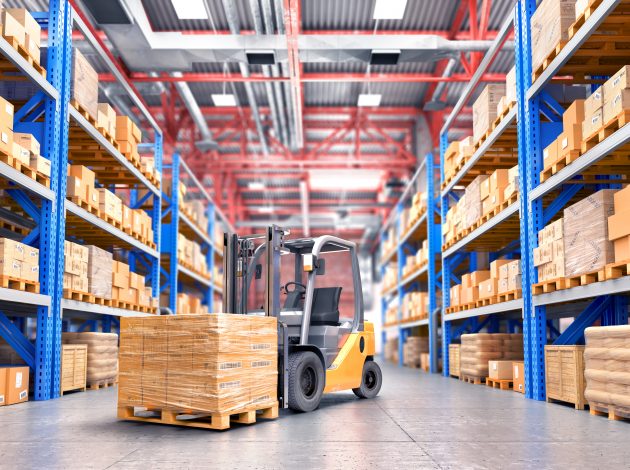The coronavirus (COVID-19) pandemic threw up a number of challenges, including how to measure consumer price inflation. Some people asked what inflation would look like if we rebalanced the figures to take account of the different household spending patterns that lockdown brought on. Here Mike Hardie writes about how we have produced these new, rebalanced numbers and what they show.
The COVID-19 pandemic, has presented immense challenges when it came to measuring inflation: we were not able to send our price collectors into shops as we normally would to collect prices, while many goods and services – such as flights and meals out – simply weren’t available.
However, we were able to collect prices online and over the telephone for goods and services that were available, while for those that weren’t, we used the price of all available goods and services as a proxy, such as using headline Consumer Prices Index (CPI) to impute for air fares. This ensured that the approach underpinning the headline rate remained consistent over time, was relatively unaffected by items that weren’t consumed and kept our figures comparable with other countries.
Alongside this we also produced new, experimental, numbers that removed non-available items. These showed slightly lower numbers for headline annual growth of no more than 0.2 percentage points per month when social distancing and movement restrictions were in place, compared with the official Consumer Prices Index including owner occupiers’ housing costs (CPIH) and CPI.
However, many people asked whether we could produce additional figures that not only removed non-available items, but also reweighted our figures to take account of people’s substantially different spending patterns seen in lockdown.
This is far from straightforward and it takes a long time to compile the robust and detailed data on spending patterns required to produce our consumer price statistics. However, using a range of data sources, including our own retail sales data as well as anonymised and aggregated Barclays PLC payment processing data and Revolut transactions data, we have been able to produce experimental data showing consumer inflation, taking account of these changing spending patterns.
Perhaps surprisingly, these numbers are only a little higher, with the experimental CPIH and CPI annual inflation rates only edging up by no more than 0.2 percentage points in the months from April to June compared with official measures. This is because, despite significant changes to some types of spending, other areas – such as utility bills – remained relatively unchanged, while other items that often make an upward monthly contribution at this time of year – such as flights or hotel stays – were not available and so are not included in these figures.
These new figures are highly experimental with several different approaches considered by us while putting them together. However, despite the obvious challenges, we believe they provide good estimates of how price changes have affected households through the pandemic.
We will continue to work hard to produce the best estimates possible in the months ahead, including sending prices collectors back into shops, and will continue to update on how the pandemic is affecting our data as well as the steps taken to mitigate against it.
Mike Hardie is Deputy Director, Prices Division at the ONS
